A Rather Short History
Alike the famous Air Force One used by the United States President, Japan also has a special aircraft reserved for overseas travel by the Prime Minister and Emperor.
This aircraft is operated by the Air Self-Defense Force (JASDF), with the pilots and cabin crew being specially trained JASDF personnel.
- General Overview
| Length | 73.9m (242.5ft) |
| Wingspan | 64.8m (212.6ft) |
| Height | 18.9m (62ft) |
| Passengers | 150 people |
| Maximum Speed | 925km/h (575mph) |
| Operational Range | 14,000km (8,700 miles) |
| Unit Price | 700 million USD |
Designated with the call sign Japanese Air Force One, the current plane is a heavily modified Boeing 777 and the second generation of such special aircraft after the first one’s retirement in 2019.
Initial plans aimed a rotation between three Boeing 777s, but the staggering cost of 700 million USD per aircraft led to the abandonment of this idea. This requires the two aircrafts to maintain a 100% availability rate since a backup plane is invariably required to fly alongside Air Force One.
These special aircrafts are usually housed in a dedicated hangar at Hokkaido’s New Chitose Airport, where All Nippon Airways (ANA) provides maintenance as well as cabin crew training for JASDF personnel.
The previous planes were maintained by Japan Airlines (JAL), the defacto flag carrier of Japan, but the second generation was entrusted to ANA following JAL’s bankruptcy in 2010.
Interestingly, the first Japanese Air Force One was introduced in 1993, indicating Japan’s relatively short history of operating such aircraft. Prior to this official aircraft, the usual norm was chartering civilian aircraft from JAL which turned out to be inadequate in fulfilling government tasks onboard.
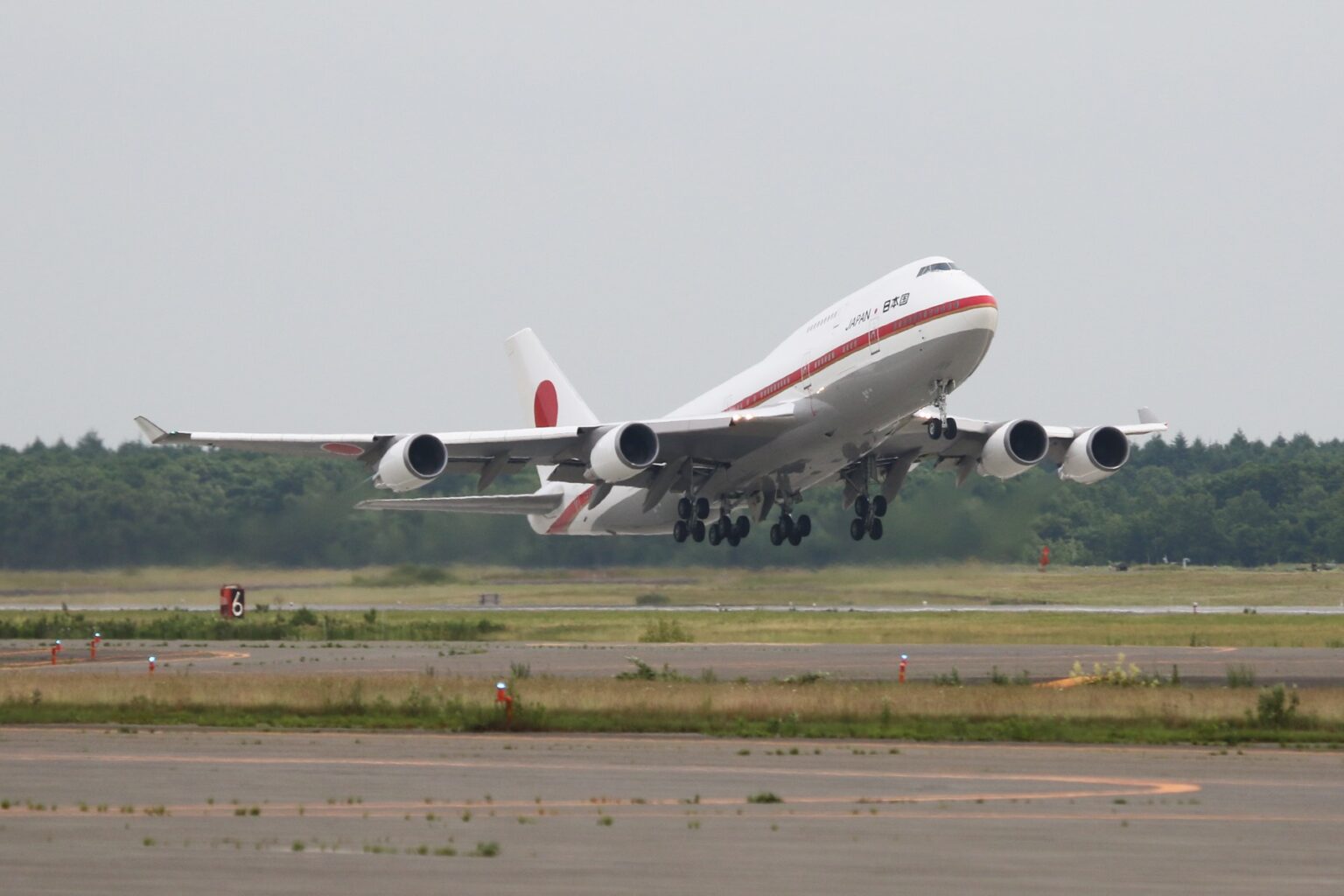 The First Japanese Air Force One (photo: JASDF)
The First Japanese Air Force One (photo: JASDF)
This inconvenience advocated the 1987 governmental decision to introduce the Boeing 747, though other key factors were in play such as mitigating trade frictions with the US by purchasing their aircraft.
In either case, the Boeing 747 served as Japan’s First Air Force One for nearly 30 years, and was sold to an American company after stripping all its specialized equipment.
Different Functions & Purposes
So, how is the Japanese Air Force One different from its US counterpart?
Firstly, despite having impressive features, including VIP rooms, conference rooms, and secretary offices, the Japanese version falls behind in terms of serving as an emergency headquarters.
Of course, the Prime Minister and other cabinet members can conduct necessary tasks onboard, but the plane is limited in its headquarter functions compared to the American Air Force One, especially when commanding military operations.
Another difference is regarding the use of these aircrafts.
The Japanese Air Force One is strictly limited to official duties and cannot be used for semi-private purposes like traveling to campaign rallies.
While the Japanese Air Force One is primarily reserved for transporting the Prime Minister and Imperial family members, it is seldom used for emergency rescue missions for Japanese nationals stranded abroad. For instance, it was dispatched to pick up Japanese nationals from Afghanistan following the government collapse and Taliban’s resurgence.
Furthermore, a less-known purpose of the aircraft is the transportation of Self-Defense Force personnel during wartime. This primarily intends airlifting Ground Self-Defense Force units stationed in Hokkaido to other areas, but the likelihood of deploying this special aircraft instead of other military transports is quite low.
Spacious Interior, Security Risks
Finally, some mention about the interior.
The aforementioned conference rooms and secretary offices ensure that government leaders can work comfortably during their travels and the plane can maintain communication with Tokyo regardless of the location.
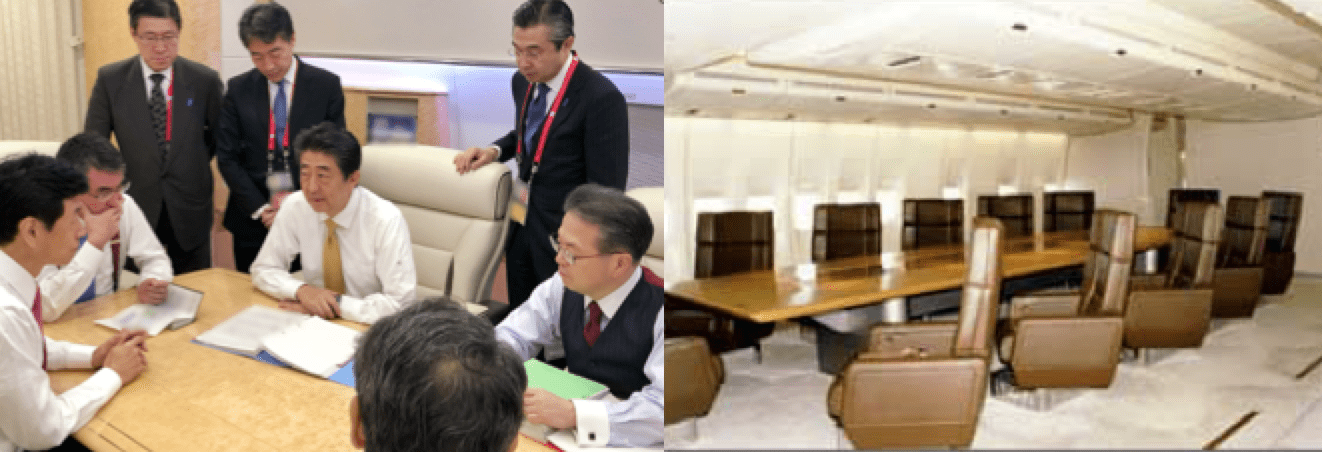 The Conference Room (photo: Cabinet Office)
The Conference Room (photo: Cabinet Office)
The plane is also equipped with additional seats to accomodate bureaucrats and other government officials as well as the press accompanying the journey. It is important to note that the journalists cannot take advantage and free-ride the aircraft since they have to pay a fare equivalent to other commercial airliners.
Adding to these features, the following improvements were made during the transition from the first to the second generation :
- Abolishing the press conference space
- Enhancing the conference room’s functions
- Installing in-flight Wi-Fi and entertainment functions
These upgrades not only made the travel more comfortable, but also reinforced the fundamental role as “the flying PM office.”
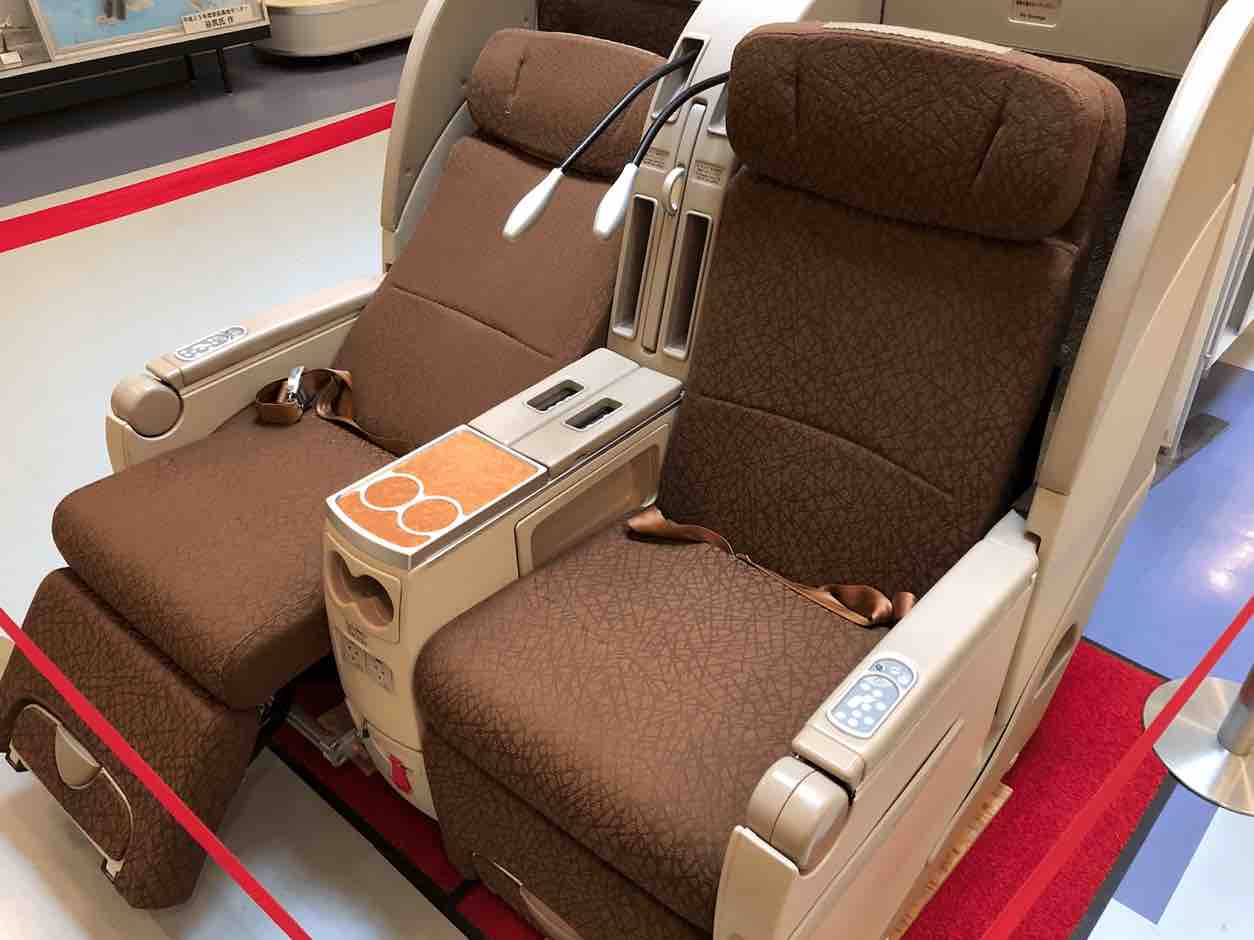 Seats from the retired first plane
Seats from the retired first plane
However, officials in Tokyo were shocked and caught off-guard when it was revealed that anyone could easily track the Japanese Air Force One on the “Flight Radar 24” app.
This situation was rectified in 2014, but the incident showed the severe lack of awareness and Tokyo’s failure in risk management 101.


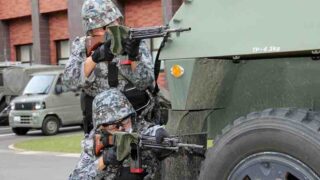
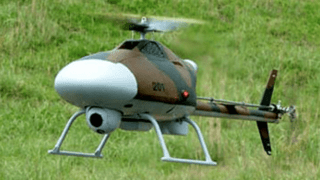
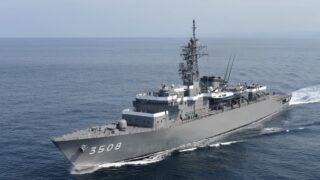
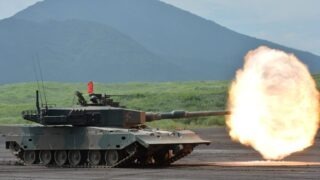
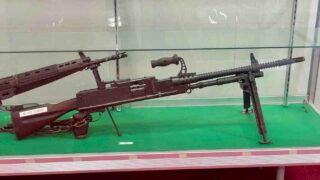
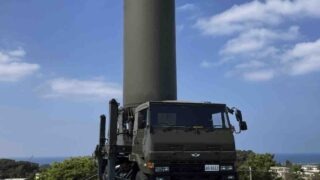
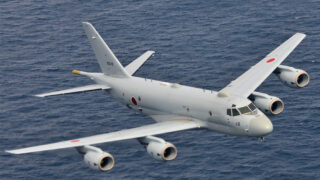

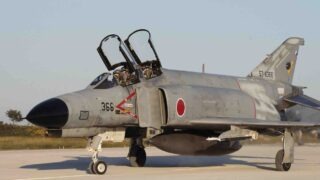
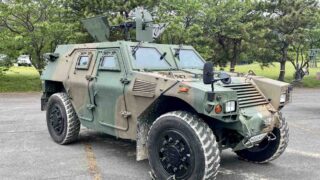
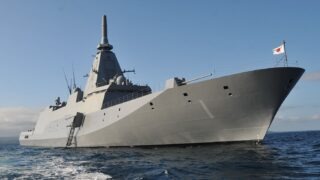
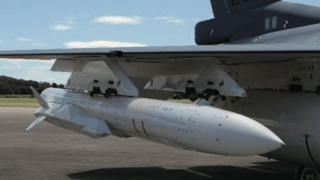
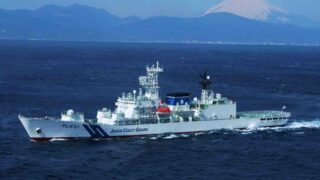
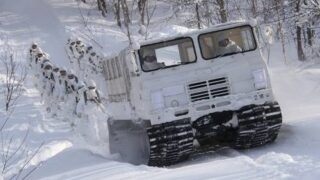
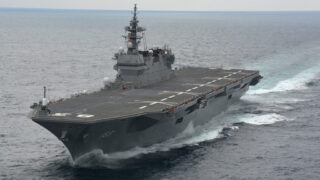
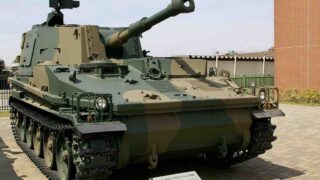
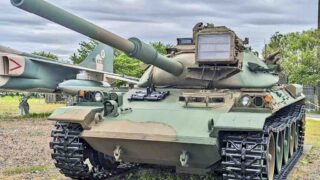
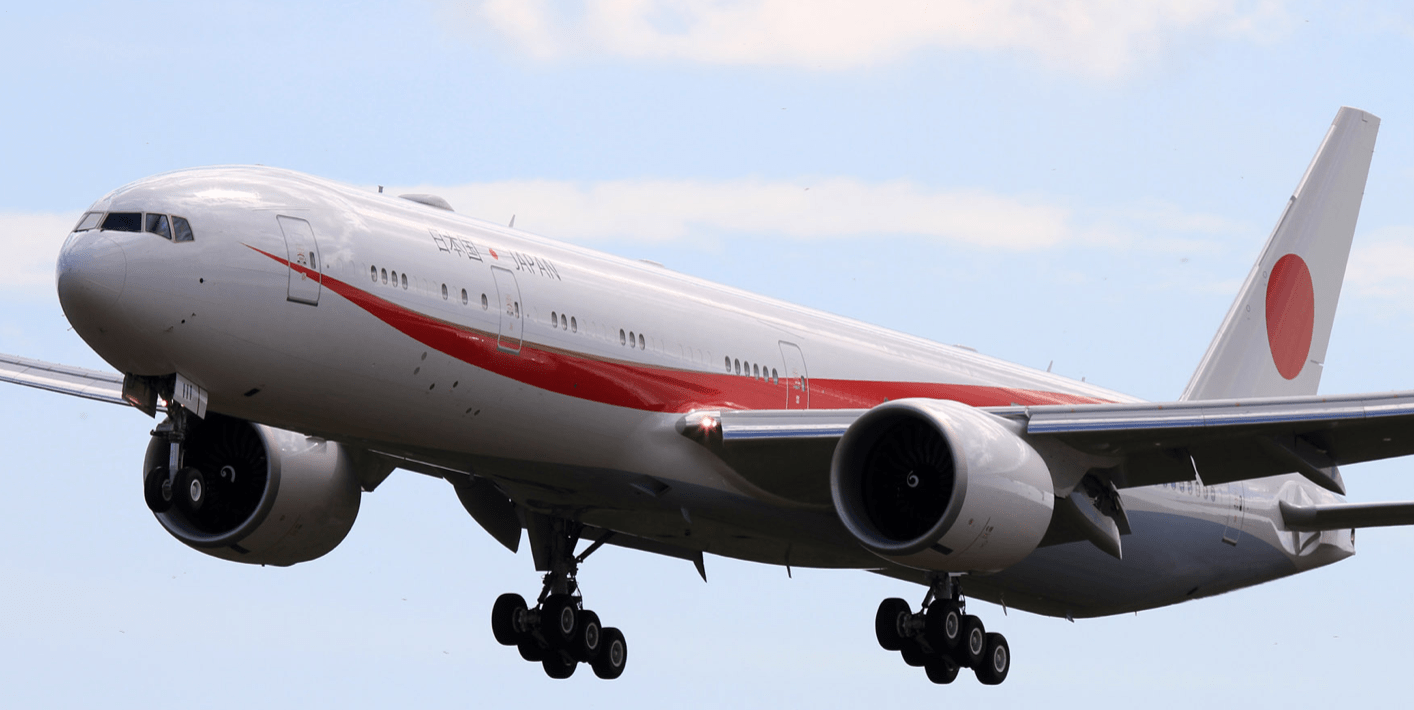
Comments